We plan harvesting for the winter: how to optimally maintain your crop
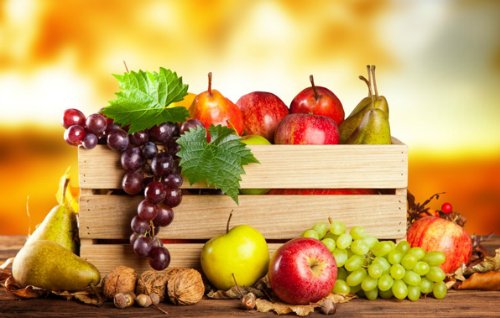 Most gardeners, who are happy and filled with pride from the impressive harvests in the fall, already by the beginning of spring of next year are wondering how many harvests last season will remain untouched and not gifted.
Most gardeners, who are happy and filled with pride from the impressive harvests in the fall, already by the beginning of spring of next year are wondering how many harvests last season will remain untouched and not gifted.
And then the mistresses begin to make a vow not to plant so much in the next year. But ... A new season comes and everything repeats again. But here's the strange thing: despite the fact that there are a lot of all kinds of jars in the bins, some vegetables or stocks are rapidly ending and are still purchased in stores. How to avoid this? How to plan the processing of crops in such a way as to more efficiently distribute their forces in the summer season and save in winter, using the maximum potential of their summer cottage or garden near the house? Planning and distribution, strict accounting and following the chosen strategy. About what you need to consider when planning crop processing, how to optimize costs and cope with crop volumes, leaving time to relax in a hammock or on picnics, read this article.
Content
Historical excursion
At the dawn of the formation of our young Russian Federation, when most of us were children, innumerable cans were prepared in our homes ... and there were also a huge number of bags of root vegetables. As a result, a very decent part of all this was eaten up, something stood safely for another year, and something and a few more years. Now the situation has changed, the assortment in stores has become much more diverse, and the supply of seasonal vegetables and fruits from neighboring hot countries has ceased to be something outlandish.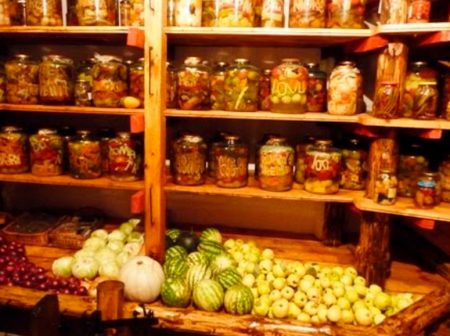
And in the Soviet past, a huge amount of salt, sugar, oil and vinegar was purchased, which was then consumed during the conservation season. Alternative methods of harvesting and storage appeared, many began to adhere to a healthier lifestyle, and the interpenetration of various cuisines of the world became closer.
And even if you do not have a cellar or a separate storage place with a certain temperature regime, it is quite possible to keep the crop with minimal processing or adding a large number of preservatives.
The modern slogan of homemade preparations - as few preservatives as possible!
The standard set of storage places in the average apartment is represented by a cold cupboard in the hallway, a refrigerator with a freezer and storage places on the balcony. Of course, variations are possible. An additional freezer cabinet or a separate refrigerator for conservation, a box under the windowsill for storing vegetables, for example. But even a minimal set of places or storage systems allows you to harvest a large number of vegetables, fruits and berries for future use in the most "healthy" ways.
Great land!
As it turned out, the simplest, indifferent, and most effective method in the process of use is drying. A large number of units of different brands are now on sale. Square and round, with five and ten trays ... All that matters is the temperature regime, which suggests choosing a specific unit. The more temperature conditions and the higher the possible temperature, the more possibilities.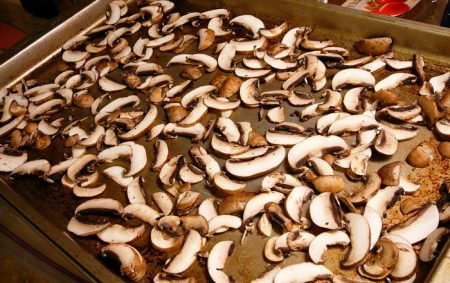
In houses of adherents of drying as a method of harvesting, it works, on average, from May to December. The season begins with drying the young fragrant greens, and ends with drying the slices of late apples, which do not have time to be eaten fresh, put on compotes and pies.
What can be dried from the crop:
- young herbs (dill, garlic, onions);
- fermented ivan tea (fireweed) and other fermented leaves;
- medicinal herbs that grow like weeds throughout the garden (previously they were ruthlessly thrown away, but now they can be dried, packed in beautiful jars and make decoctions for beauty and health in winter);
- apples, chokeberry, wild rose;
- sliced strawberries, young carrots, beets, parsley root, rutabaga for healthy snacks or chips, if you add salt and spices;
- universal mixture for cooking (onions, garlic, carrots, bell peppers, root and leaf parsley, dill, carrots, celery and all kinds of herbs), add beets for borsch seasoning;
- mushrooms (but this is not from the garden, but a by-product of walking in the forest near the cottage), etc.
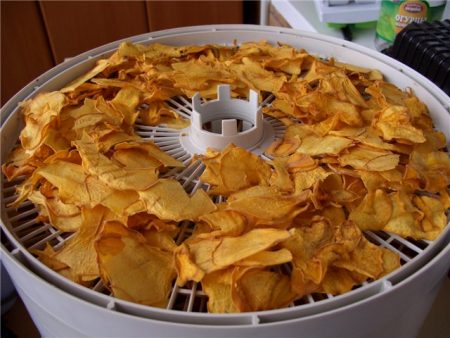
For storage, three-liter or liter cans with tight lids or bags on the lock of the desired size are used. The main condition is tightness! And then your crop, having decreased by 10 times in size and taking up a minimum of space, will be stored until the next season of fresh vegetables from the garden.
In the dryer you can cook pastille and other healthy snacks. But they are usually not stored for a long time, are entangled right there.
What is especially good for drying? Your crop no longer has the word NON-CONDITION. Everything that is huge is unformatted, everything that is deformed during the harvesting process, and in general the ALL part of the crop, which has nowhere else to store, can be dried. You can dry both mixtures and mono vegetables. This is also a great DIY gift. Take a beautiful jar, mix different dried vegetables, add sea salt, beautifully pack it and you can safely go to visit, no one else will give such a gift!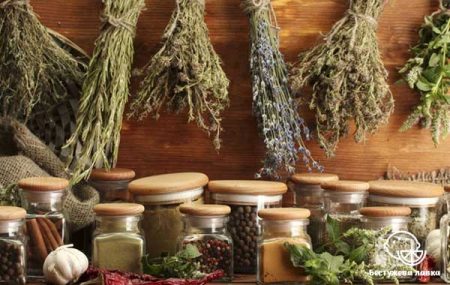
In terms of energy costs, this is much more profitable than throwing away something that is poorly stored, but which has invested a lot of energy, and buying an overseas-tasteless or even local one on agricultural markets. The method justifies itself completely.
Oh, frost, frost ...
This is the second most popular method, because it also works great in terms of preservation without preservatives. And he incredibly saves time the rest of the year.
Minimal crop manipulation. All that is needed is to wash, dry the raw materials, chop or grind in mashed potatoes, pack and put in the freezer.
What can be frozen:
- berries (whole and mashed strawberries, blueberries, lingonberries, all three types of currants, cranberries, raspberries, etc.);
- fruits (halves of plums, apricots; slices of peaches, nectarines);
- vegetables (green beans, whole and sliced bell peppers, tomatoes in halves and mashed cubes, mushrooms fried with onions, chard, spinach, cubes from a mixture of green garlic, dill and parsley, green peas);
- If there is a dryer, then vegetables, for example, carrots, it is better not to freeze, because it is perfectly dried, and then restored during cooking.
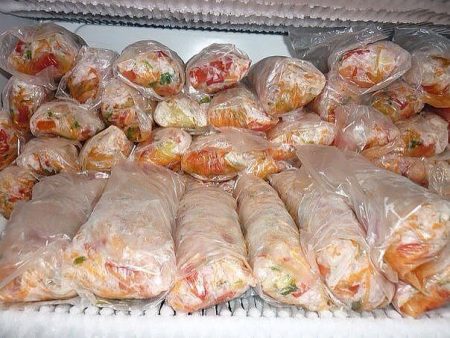
Lock pouches are best suited for packaging. They are sold in batches of 1000 pieces, come in different sizes and everyone can choose for themselves the size of the portions for freezing. Space in the freezer is saved by smart cutting or pre-processing. Part of the fruits and vegetables is prepared in half or under the format of the future possible cooking, for example, fleshy and non-watery tomatoes and plums, bell peppers, and part of the workpieces turns into mashed potatoes (non-standard strawberries or tomatoes). Mashed potatoes or a mixture of crushed greens is frozen in ice trays and then poured into cubes in all the same bags on the lock.
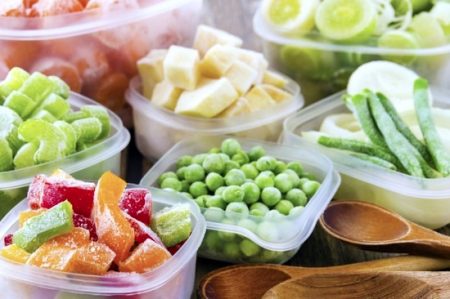
Where, where, in the refrigerator!
This type of storage mainly relates to sweet and berry.First of all, we are talking about jelly without heat treatment and light jams with the addition of alcohol and a minimum of sugar. These are currant jars, freshly strawberry or from a mixture of different seasonal fruits. Well, if there is space, there can be thick juice-sauces from tomatoes, halved tomatoes, tomatoes in their own juice, eggplant and zucchini-style mushrooms, caviar from green tomatoes (because there is now a place). Tomato paste cooked in a bread machine is also stored in the refrigerator.
Separately, I would like to note that sterilized products are also perfectly stored in the refrigerator without the addition of sugar or salt, for example, cherry for dumplings and pies.
Grandmother's treasured wardrobe
Everything that could not be placed in the refrigerator and freezer is going in the cabinets.
Firstly, everything that is dried in a dryer and packed in jars or large jars.
The main resident of the cold cabinet are cans and bottles of juices. Fresh or pasteurized, not important. The main thing is drinks that are very healthy in winter! No tetrapack drink in the store can compare with them! The number of liters of prepared juice can be limited either by harvest or by the number of cans that can be placed in a cabinet.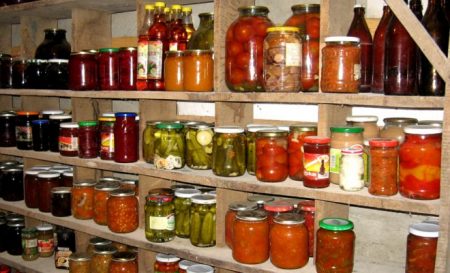
They are followed by pickles. They can perfectly be stored in a cool cabinet. Salted brown tomatoes are no less popular, so they turn out to be next door to cucumbers.
Fans of various marinades, winter salads or jams with a high sugar content also store their trophies in such cabinets.
In a cold cabinet, applesauce without sugar is perfectly stored, evaporated in a bread machine from excess moisture, as well as various tomato sauces with a minimum of preservatives.
Another promising method of harvesting is fruit and berries in light syrup. This greatly saves space, unlike large cans with compotes. In a cold cabinet you can store apple cider vinegar, pumpkin pasteurized juice, light pickled cabbage and other tasty and healthy preparations.
Root crops are stored in the lower drawers of the cold cabinet.
Thus, with the competent use of modern technology, it is possible to process significant volumes of vegetables, fruits and berries. And at the same time use a minimum of preservatives, and store in public places of storage.
But the main thing is the ease of use, the presence of vitamins and healthy fiber in the diet, which means a high quality of life. And from the useful work in the garden, and from the consumption of quality products in which you are sure.

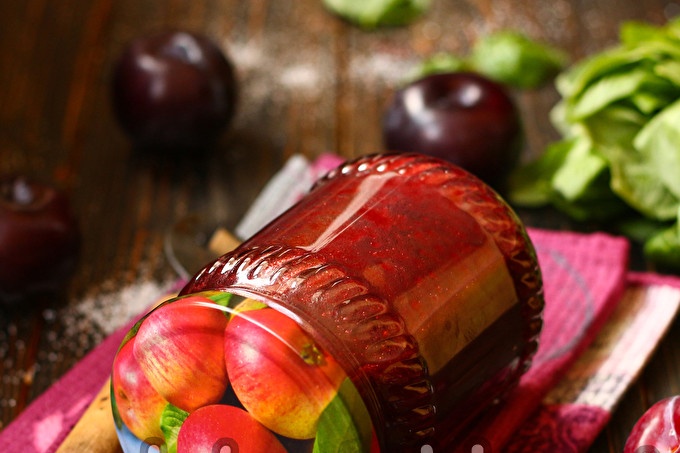
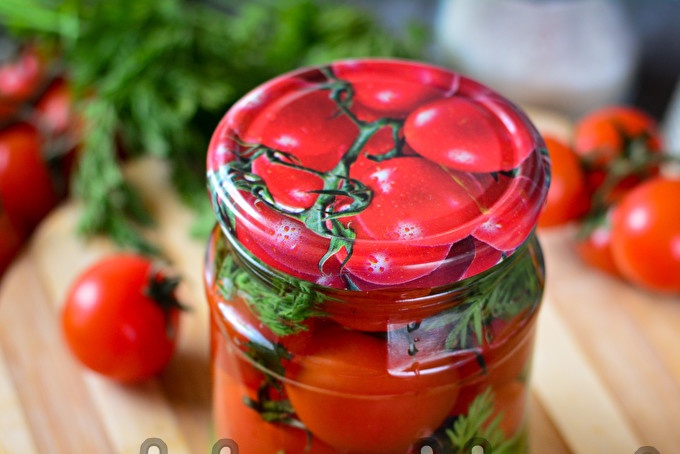
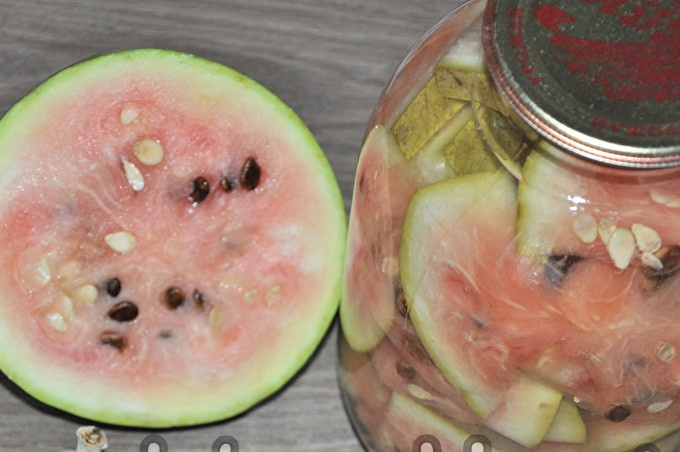
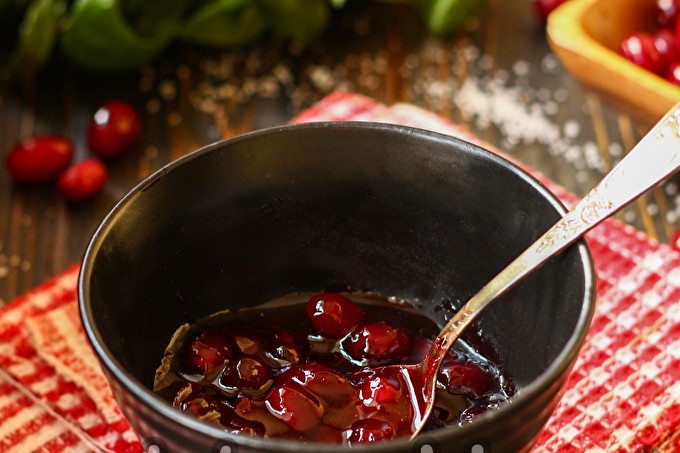 Very tasty and beautiful dogwood jam
Very tasty and beautiful dogwood jam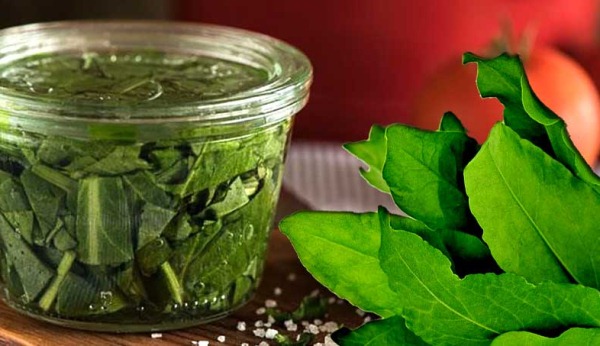 How to preserve sorrel leaves
How to preserve sorrel leaves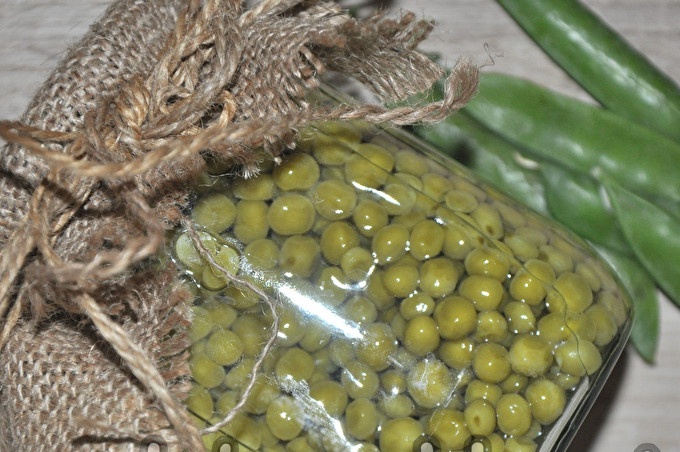 Green peas for winter without sterilization
Green peas for winter without sterilization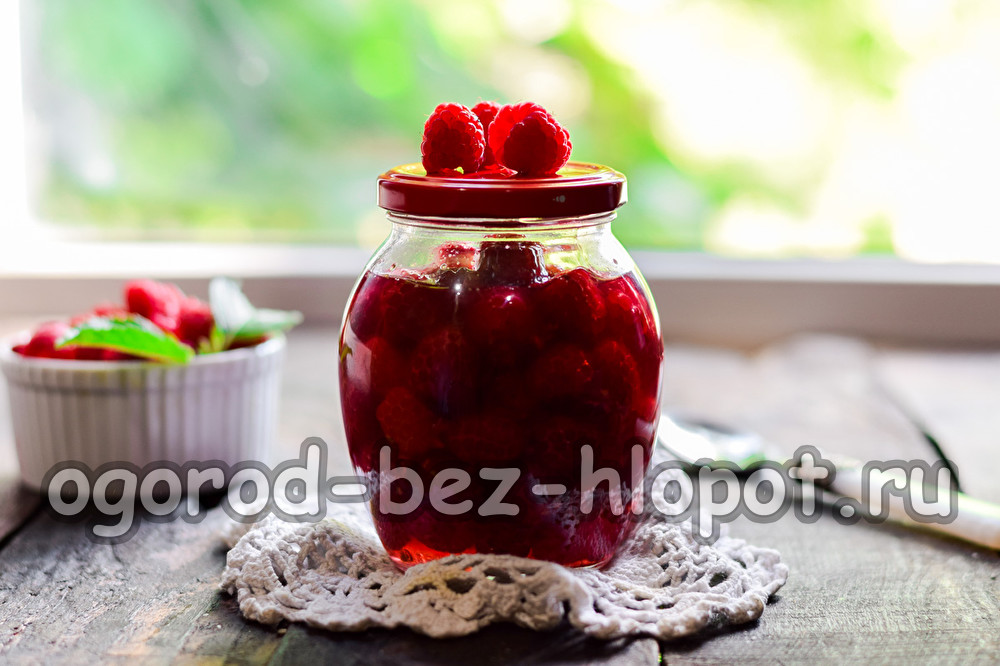 Raspberries in their own juice without sugar
Raspberries in their own juice without sugar